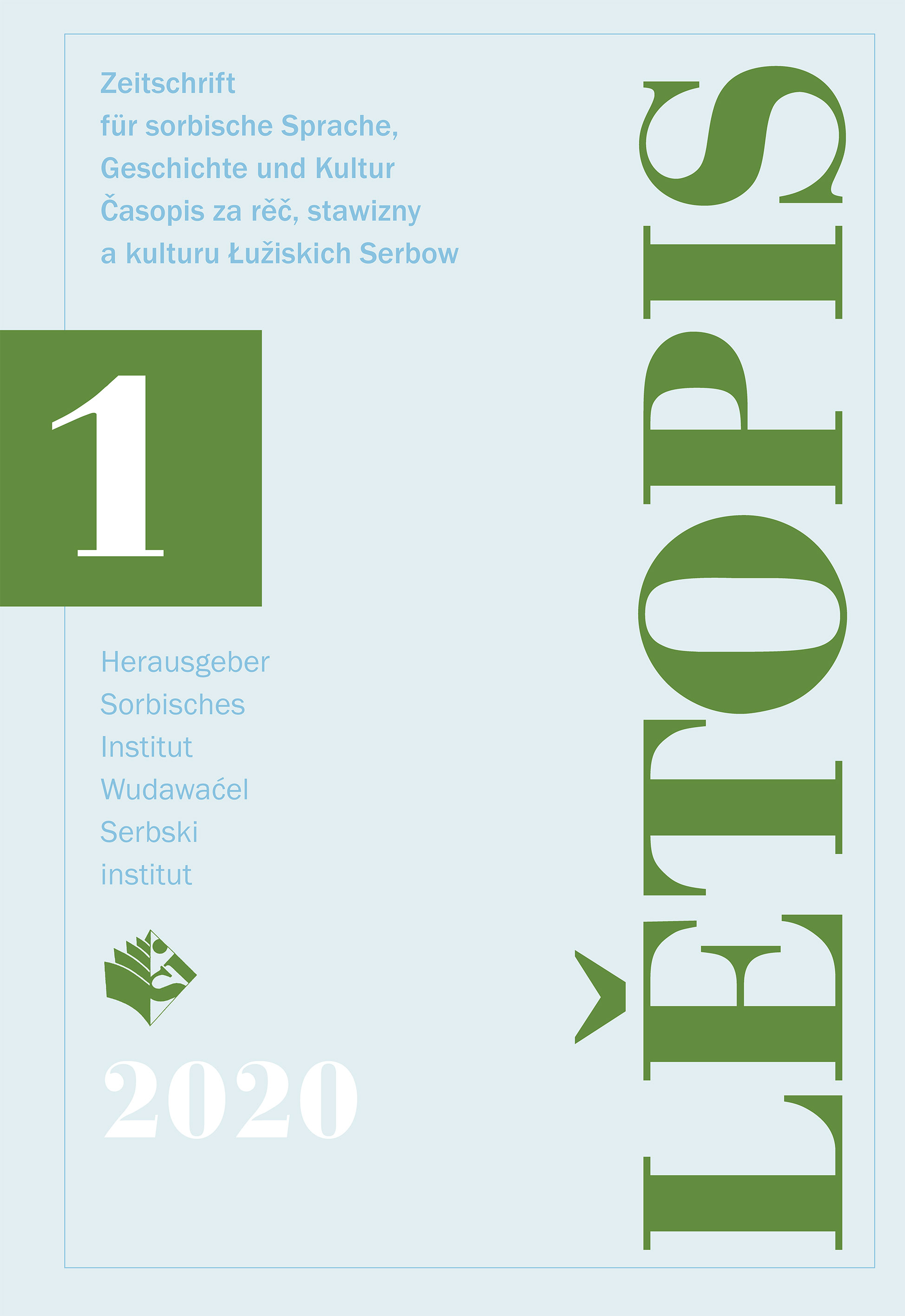Die Klassifizierung altsorbischer Orts-, Personenund Stammesnamen
The Classification of Old Sorbian Place Names, Proper Names, and Tribal Names
Author(s): Walter WenzelSubject(s): Language studies, Language and Literature Studies, Western Slavic Languages
Published by: Domowina-Verlag GmbH / Ludowe nakładnistwo Domowina
Keywords: Linguistics; onomastics; Old Sorbian; place names; proper names; tribal names; classification
Summary/Abstract: Like every branch of science, the study of names (onomastics) has to classify the objects it investigates. In the case of the classification of place names it has to be distinguished between those derived from proper names and from appellatives (common names), which are divided further according to morphemic structures and the associated derivational morphemes into five sub-classes. In addition, place names from other name classes, as well as unclarified place names have to be taken into account. In total there are 7 sub-classes with 21 types of place names. In the case of the classification of proper names, more exactly of surnames, distinctions are made on a genetic level between surnames from proper names, that is to say from Slavonic forenames, from German forenames and baptismal names, as well as from appellatives of Slavic and non-Slavic origin, whereby the de-appellatives are presented in an additional semantic sub-classification. The surnames are divided into types and subtypes according to the suffixes used on the morphemic level. Similar to place names, tribal names are divided into those derived from proper names and those derived from appellatives. Further differentiation ensues according to the structure of morphemes, as well as according to the suffixes used in this process. The regional names are distinguished from tribal names in the narrow sense.
- Issue Year: 2020
- Issue No: 1
- Page Range: 101-111
- Page Count: 11
- Language: German
- Content File-PDF

